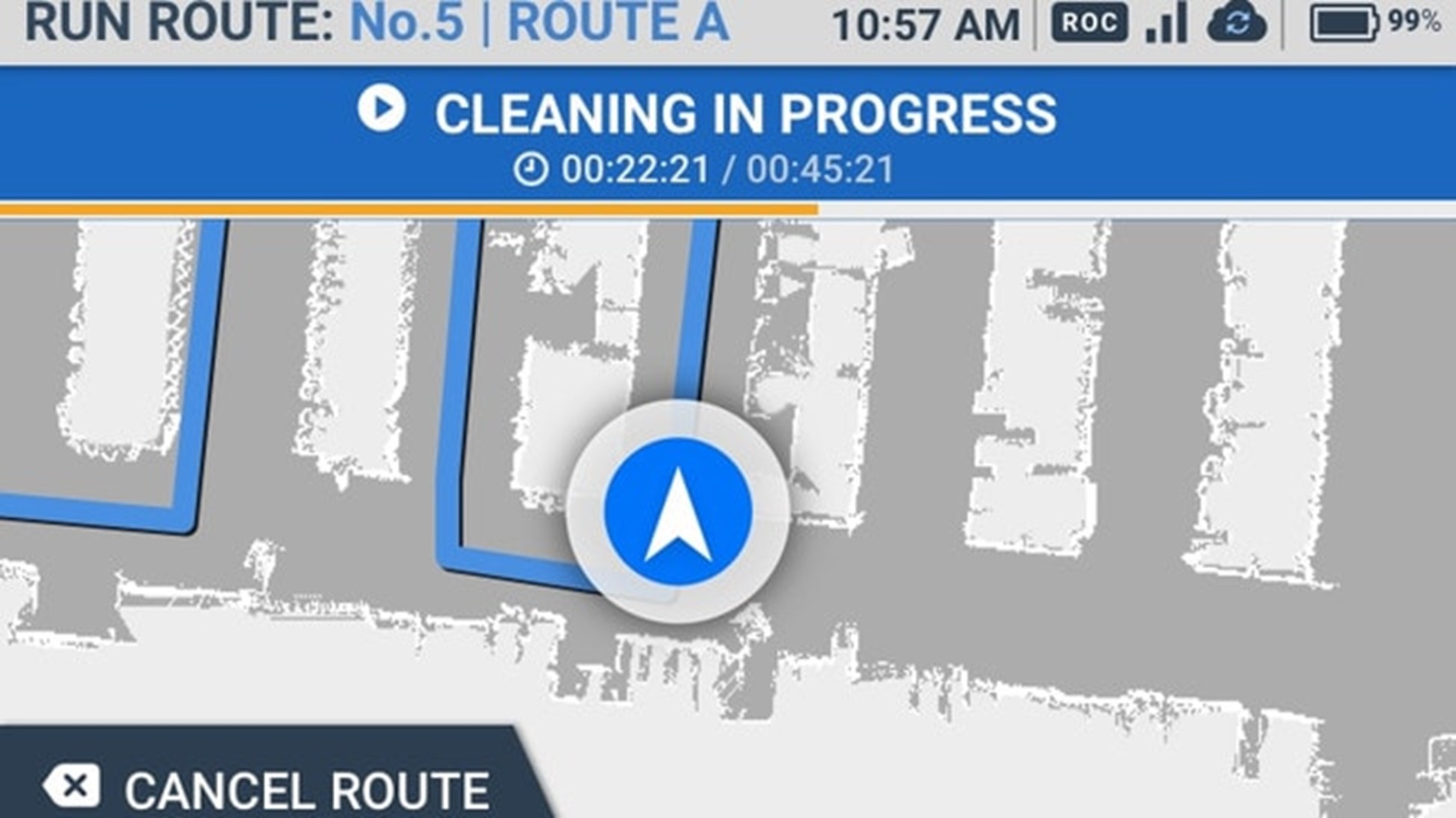Whiz industrial robotic vacuum cleaner.
The office cleaner of coming years won’t be spending time vacuuming up and down huge areas in the middle of the night.
Instead we’ll see vacuum fleet managers, in charge of several autonomous robotic vacuums. They will be robot supervisors, occasionally changing batteries and emptying vacuum trays as these cleaners perform other tasks.
That vision is almost here now with Japan’s SoftBank Robotics selling and leasing its industrial sized robot vacuums cleaners in Australia.
SoftBank Robotics is no ordinary robotics company; it’s among the world’s iconic robot makers with the well known Pepper talking humanoid robot devised in 2014 recognised as a successful all-purpose robot. Pepper is used as a receptionist, retail guide, companion, and tourism adviser.
The new kid off the block, the Whiz industrial vacuum, was launched in Japan in September 2019, with later releases in Singapore, South Korea, Hong Kong and in Australia.
The pandemic and lockdowns ended any significant rollout of Whiz here and but SoftBank has been ramping up its local availability afresh.
I watched Whiz being put through its paces at SoftBank’s headquarters at North Sydney. It’s not like a small domestic robotic cleaner. It’s big, weighs just under 30kg, and offers powerful suction and a colour screen console you use to operate it and check maps and routes.
The Whiz is autonomous and is powered by BrainOS, Brain Corp’s commercial operating system. It vacuums large office and auditorium areas on its own and can be taught where to go using two methods. The first involves teaching Whiz the route by vacuuming it yourself. The second involves teaching it the perimeter of the area to be cleaned, such as the perimeter around a large, open area in a convention centre.
Whiz uses a 2D camera, 3D camera and LIDAR sensing not only to find its way around, but also to avoid obstacles such as people, glass walls, cliffs, and other hazards. The cleaner has a bumper that stops it hitting objects. It doesn’t manage stairs or spilt-levels, that’s beyond all except prototype robots in laboratories.
Scaled-up industrial vacuum cleaning
Whiz uses a QR code attached to the bottom of a wall as its point-of-reference on a building’s floor.
Eric Lim, Singapore and ANZ sales director at Softbank Robotics, said when tackling a huge carpet area, you would divide the floor into separate 500 square metre areas. Whiz takes about an hour to complete one area.
Whiz’s 23.7 ampere hour, 25.2 volt battery lasts about three hours and can be hot-swapped; you take out a spent battery and recharge it while slotting in another to keep vacuuming. This minimises downtime.
The Whiz can automatically vacuum six of these 500 square metre routes by orienting itself using the one pinned QR code. The cleaner supports 10QR codes overall, so this means support for 60 routes overall.
Mr Lim said it meant the vacuum could store the details of several building runs without them having to be reloaded as cleaners moved around. “This robot might be at this building this day but we want to move to that building that day,” he said. “I don‘t want my cleaners constantly teaching it. I just want to show it the route and move on.”
So how much is Whiz? Mr Lim said that before the pandemic, early adopters used subscription pricing. “We‘re currently working with more traditional partners now distributors to put together an outright purchase pricing. it seems to be what the market is asking for,” Mr Lim said. “They want to own the equipment and write it off.”
The RRP is about $35,000 per vacuum, but the price has to be weighed against the benefits that automation offers at an industrial level.
SoftBank already has about 20 robots deployed in NSW, Victoria and Queensland.


